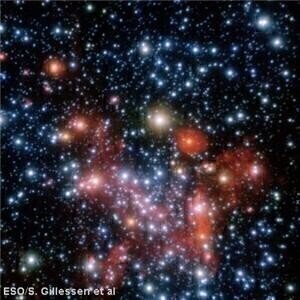-
 Hubble telescope data is allowing scientists a glimpse into the future
Hubble telescope data is allowing scientists a glimpse into the future
News
Scientists see into future using Hubble data
Oct 27 2010
In particular, they have focused their attentions on Omega Centauri, a globular star cluster first noted 2,000 years ago by Ptolemy.
While the ancient astronomer thought of the celestial feature as a single star, there are actually almost ten million stars in the cluster, all tracing orbits around the same gravitational centre.
The European Space Agency explains the significance of the scientists looking ahead - rather than their usual method of working by seeing starlight from millions of years ago.
In particular, they are examining tiny variations in the "frenzied motion" of the stars in the cluster, on the hunt for a hidden black hole 10,000 times the size of our sun.
At a distance of around 5,000 parsecs from the Earth, light from Omega Centauri takes an estimated 17,000 years to span the distance between its source and our home planet.
Digital Edition
Lab Asia Dec 2025
December 2025
Chromatography Articles- Cutting-edge sample preparation tools help laboratories to stay ahead of the curveMass Spectrometry & Spectroscopy Articles- Unlocking the complexity of metabolomics: Pushi...
View all digital editions
Events
Jan 21 2026 Tokyo, Japan
Jan 28 2026 Tokyo, Japan
Jan 29 2026 New Delhi, India
Feb 07 2026 Boston, MA, USA
Asia Pharma Expo/Asia Lab Expo
Feb 12 2026 Dhaka, Bangladesh


















